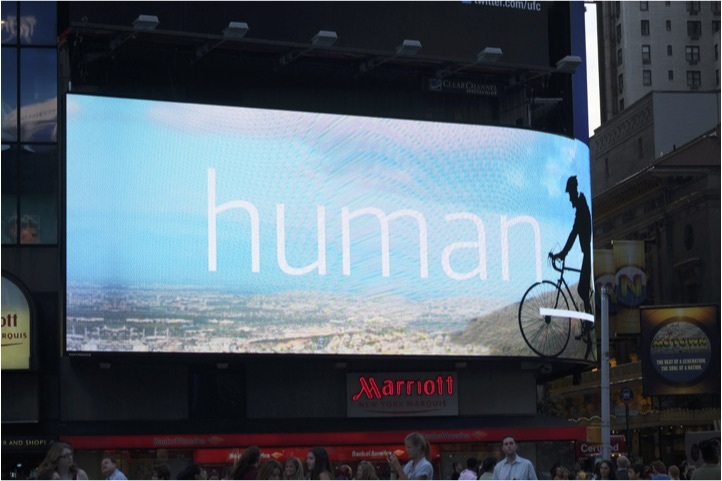Silicon Valley may have had a profitable year, but it didn’t have a good year in 2017. The growing toxicity of social media, the use of social media to influence elections and deepen social divisions, the discovery that some animation companies are publishing disturbing videos on YouTube Kids (because kids are an easily-manipulated audience); and most recently the second thoughts that innovators and investors like Tim Berners-Lee, Sean Parker and Roger McNamee have expressed over their creations, all point to a pretty big change in the way we think about social media, and the way social media companies think about themselves and their obligations.
This is important because while we often think of Internet addiction or cyberbullying as personal problems or moral failings, they have a structural and economic component as well. The digital sabbath movement, public departures from social media by famous people, and growth of a market for tools to help rein in digital distraction all exist because of the business models and technology platforms that Facebook, Twitter, Instagram, Snapchat, and other companies have built– all of which aim to capture, commodify, and resell their users’ attention.
First, the bad news. Most technology companies have proved themselves to be as addicted to these models as their users. After a decade getting rich off rocketship-fast growth, developing ever more sophisticated ways to manipulate users, building super-profitable advertising platforms around themselves, companies are hooked on growth, traffic, and the incredible varieties and quantities of data they can gather about their users. And there are still some influential people who believe that they’re just solving technical problems, giving users what they want, aren’t responsible for the consequences, and would rather let the world burn before they give up their second yacht.
And the industry is definitely still figuring out how it should deal with the problems that 2017 revealed. Nobody wants to admit that they empowered foreign actors to influence American voters, or paid millions to content farms that figured out how to hack their algorithms; but it feels like Facebook, Twitter, YouTube, et al are starting to move out their defensive crouch. They’re getting closer to acknowledging that what’s wrong can’t be solved with another “report” button, by subcontracting for another thousand low-cost “content editors” to fast-forward through posts and videos, or by insisting that the problem is publishers and users, and they’re just tech companies.

We faced a similar moment in the early 1960s, after Rachel Carson published Silent Spring. For years, companies had been able to dismiss air and water pollution as no big thing; argue that dealing with it wasn’t their responsibility; or insist that cleaning up the environment would be ruinously expensive.
The first big impact of Silent Spring was that it made it almost impossible to argue that pollution was something that could be ignored or dismissed. Companies were now so productive they could have a permanent effect on local ecosystems, and even nudge the global climate.
The second impact of Silent Spring was that it became a rallying-point for environmentalists and activists. It wasn’t the only one, by any means, but it helped focus public attention and catalyze public action around environmental issues. This took a thousand forms, from the founding of the Environmental Protection Agency, to anti-littering laws. It wasn’t just a matter of getting companies to stop dumping mercury into rivers; it was about getting people to put their trash in bins, rather than leaving it on the ground. (This was a thing people felt free to do.)
The final change that Silent Spring helped drive was the search for technological and strategic alternatives– manufacturing processes that were cleaner, products that could be recycled more effectively, and business models that made money off being green. Whether it was factories cleaning up their acts, packaged goods makers switching to recycled materials and encouraging recycling, or companies like Patagonia becoming world-class brands on their reputation as environmental stewards, it became clear that environmental responsibility wasn’t simply a cost (or worse yet, communism in disguise), but a business opportunity. As University of Michigan professor Andrew Hoffman put it, at this point the environmental movement went from heresy to dogma: from something that CEOs could laugh at, to something they insisted they could make money from.
Silicon Valley is just in the opening of the first stage. It’s impossible now to ignore that however popular and profitable they are, the tools it has created are doing a lot of harm, and that harm is not just the fault of stupid users, but is to some degree coded into the products themselves, and woven in the strategies of companies.
The question is, what happens next?
The recent opening of the Center for Humane Technology, which will join groups like Sabbath Manifesto in pushing for better design and use of technology. It’s one hopeful sign that it won’t take that long for a genuine movement to emerge of people searching and advocating for a better relationship with their devices and services.
As for the third stage– the creation of business models that respect rather than exploit our attention, that are more likely to strengthen and spread the truth rather than propaganda, and that make money by improving rather than impoverishing their users’ minds– it’s way too soon to tell.
But as we contemplate the question of what place we should make for social media in our lives, and whether we should hit “delete” on all those apps on our phones, we should recognize that we’re not acting alone. We should never forget that we have the power to take command of relationships with our devices, and to practice what I called “contemplative computing;” but we should also recognize that we’ll be more powerful if we act together.


